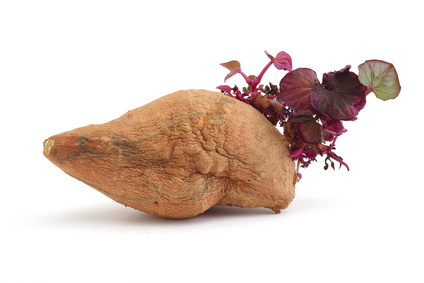Categories
Calendars
Guides
Reviews
Archive
Gallery
Articles
Ask Our Gardening Expert
Multiplying by dividing
Multiplying by dividing
It’s interesting that new plants can be grown from a piece of a parent plant. This is the way we are able to produce many new plants from one plant. What we don’t always understand is why that with some plants you can do this and with others, you need to grow from seed.

There seems to be a dividing line between plants that can do this and plants that cannot. Generally, short lived plants (annuals and biennials) can only be grown from seed and longer lived plants (perennials), grow from seed and can be reproduced from a parent plant. We call this propagation.

Vegetative propagation is the term which describes the method of reproduction where a piece of a parent plant is used to grow a new plant. Plants are able to do this when there are resources to be used and conditions are unsuitable for growing from seed. Plants, like animals, strive to survive. To do this they must multiply. If space, soil and water are available, a plant will try to fill the space. You only need to see how perennial weeds like creeping buttercup sending out runner, couch grass roots and equisetum, spread over bare soil. Plants grown from bulbs, corms and tubers will reproduce in this way. Often, a piece of root is enough, like chrysanthemums, or a stool can be divided or broken up, like rhubarb.
An advantage to us, as gardeners, of this form of propagation is that the new plants will be genetically identical to the parent plant and we do not have to wait for the plant to produce seed before we can grow more. The advantage of seed is that we can produce new varieties which may be better suited to our needs.